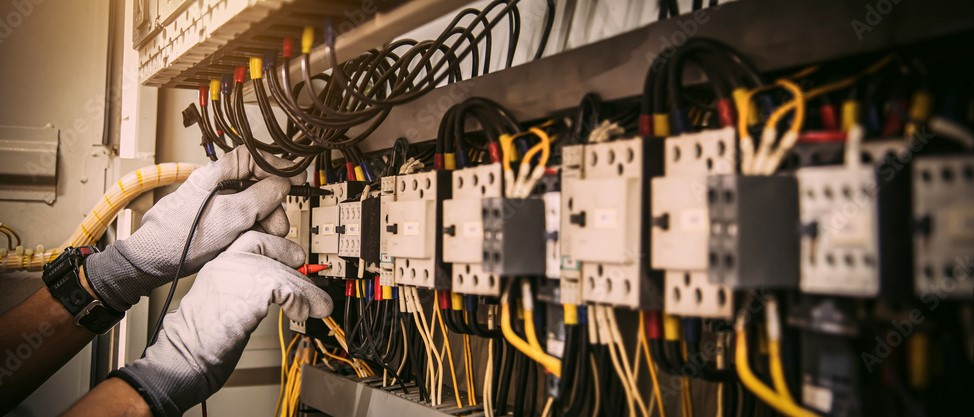
Jump To

When buying different types of power tools, such as mag drills and metal cutting saws, you’ll often see 110V and 230V options, but what does this mean?
In the UK and Europe, 230V is the supply voltage, meaning that you can plug a 230V power tool into a three-pin plug socket without issue. So why do we have 110V and 230V machines in the UK?
The main reason for choosing between a 110V option and 230V option is safety, however convenience also plays a significant part in this choice. As a general rule, 110V tools are used in industry, such as construction sites, whilst 230V tools are used domestically, for DIY and home workshops. Here’s why:

When And Where To Use A 110v Tool
110V tools present a lower risk of harm if the electrical wiring, or machine itself, is damaged. This is because the current flowing through the cable is half that of a 230V cable. Despite this, 110V tools are not any less powerful than their 230V equivalent, even with the reduced voltage.
As voltage and amperage (the measurement of current) are directly proportional, 110V wiring is considered safer to work with as its lower voltage carries less current than 230V.
Considering this reduced risk of injury (and death), 110V tools are recommended for use in potentially dangerous environments, such as construction sites, in the Electricity at Work Regulations (1989). The Health and Safety Executive strongly recommends the use of 110V equipment in these environments due to the wet, dirty, dusty nature of construction sites with a significant amount of personnel and machinery active in the area.

The scale of industrial projects, with large amounts of moving parts and potential for equipment and wiring damage, leads to serious risk to personnel. Therefore, the lower voltage equipment is suited to this environment.
However, a 110V machine requires a transformer and industrial plug to work, stepping down the voltage from 230V outlet to the 110V equipment. Therefore, portability and convenience is sacrificed in order to guarantee this safety.
Therefore, due to their lower potential for risk, 110V tools are more suited for industrial applications as they present less danger to their operators and the people around them. Also, industrial projects will more likely be able to accommodate for transformers whereas a DIY workshop may not.
When And Where To Use A 230v Tool
Despite the aforementioned guidance from the Health and Safety Executive, there is no specific legal ban on the use of 230V tools on construction sites and comparably sized projects. Some businesses incorporate their own regulations around their use, but this varies on a case-by-case basis.
230V tools are appropriate for use in DIY and home applications for the opposite reasons to 110V; the risk of severe harm to the operator and those around them is significantly lower in a DIY or home-based project due to the environment, therefore the higher voltage is less of an issue.
As well as this, 230V tools can be used without a transformer, meaning that the plug sockets in a house can power them. Most 230V tools will either come with a UK plug, or an adapter to be used with a UK plug socket.

Want to stay up to date with our latest blog posts, as well as exclusive deals and offers? Sign up to our newsletter here for more.
No Related Posts